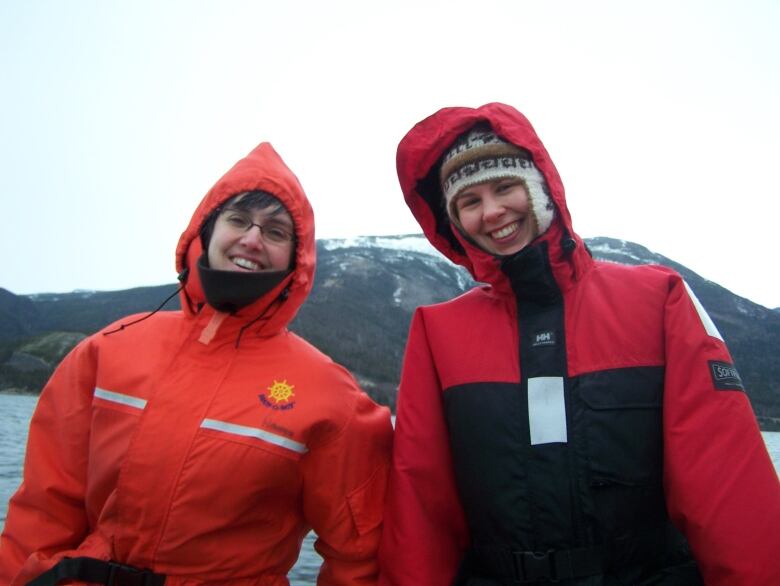When whales die, here's how their bones power life in the darkest ocean pockets
Chemosynthetic organisms don't need sun to survive, but they do need hydrogen sulphide

Even after they're long gone, whales continue to contribute to the marine ecosystem by fuelling bacteria that don't need sunlight to survive.
Chemosynthetic organisms get their energy from chemicals, such as hydrogen sulphide the compound that causes rotten egg smell.
"When a whale falls on the bottom of the ocean, it brings with it a whole lot of organic matter,"says SuzanneDufour, who is an associate professor of biology at Memorial University.
"And as that organic matter decays, there's sulphide produced either in the sediment around it or in the bones of the whale itself, and that's what fuels these bacteria."
That means places where whales diecan serve astemporary homes for theseorganisms, which allows them to hop between more stable sources of hydrogen sulphide.

"They can colonize, for example, a cold seep, and then they could maybe find a decaying whale in area. They could colonize that whale, and move from one environment to the next in this sort of stepping stone pattern," explained Dufour.
Mutually beneficial
Dufour said that chemosynthetic bacteria are essentially "farmed" by animals such as marine worms and shellfish.
The bacteria provide the animals with food, while the animals offer a comfortable home for the bacteria.
This "mutualistic" relationship means complex and diverse ecosystems can exist where it would normally be scarce.
"The conditions that sustain chemosynthetic bacteria are usually not really good conditions for animals that require oxygen,or a lot of oxygen," said Dufour.
"Sulphide itself is also toxic to [most] animals, so they can't really thrive where there's lots of sulphide."

In some places on earth, hydrogen sulphide hits 400 C when it is spewed from the sea floor.
But in Bonne Bay, on Newfoundland's west coast, where Dufour does her research, the conditions are less extreme.
"In shallower water we can have areas where a lot of organic matter accumulates, for example at a sewage outfall, or in fjords, there's lots of plant material that accumulates ...[and] under aquaculture sites," said Dufour.
Humans helping or hindering?
Whether certain human activities, such as aquaculture and sewage outfalls, affect thehabitats of chemosynthetic organisms, it's too early to tell.
But Dufoursaidshe has a"good hypothesis" on howdeclining whale numbers are affecting the habitatfor these organisms.
"As whaling has decreasedthe populations of whales on our planet, there are fewer of these really unique ecosystems as there are fewer whales left,"she said.
Read more stories from CBCNewfoundland and Labrador












_(720p).jpg)


 OFFICIAL HD MUSIC VIDEO.jpg)
.jpg)



























































































